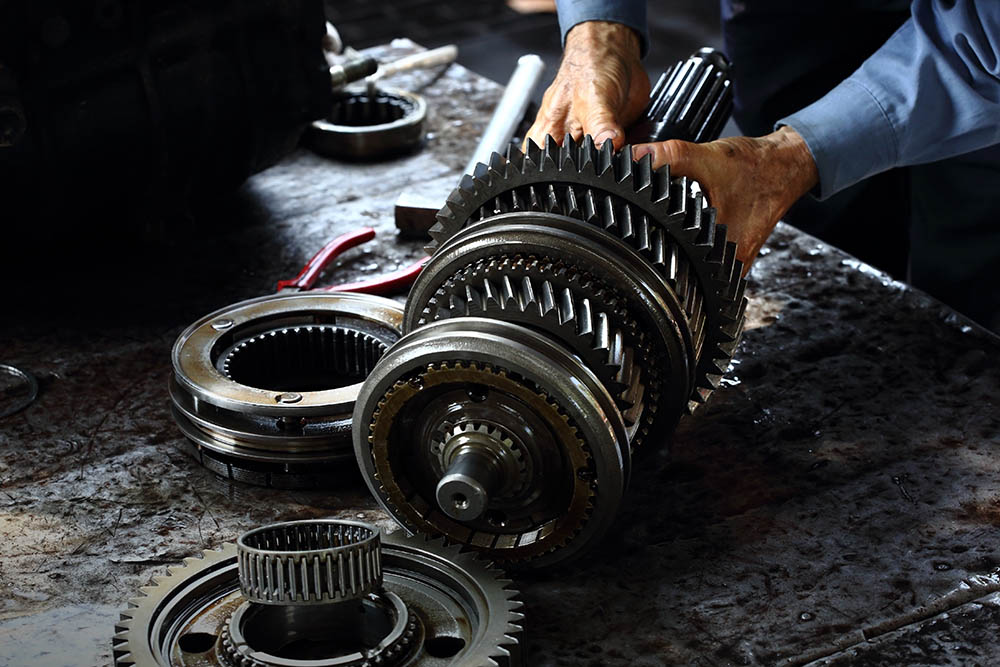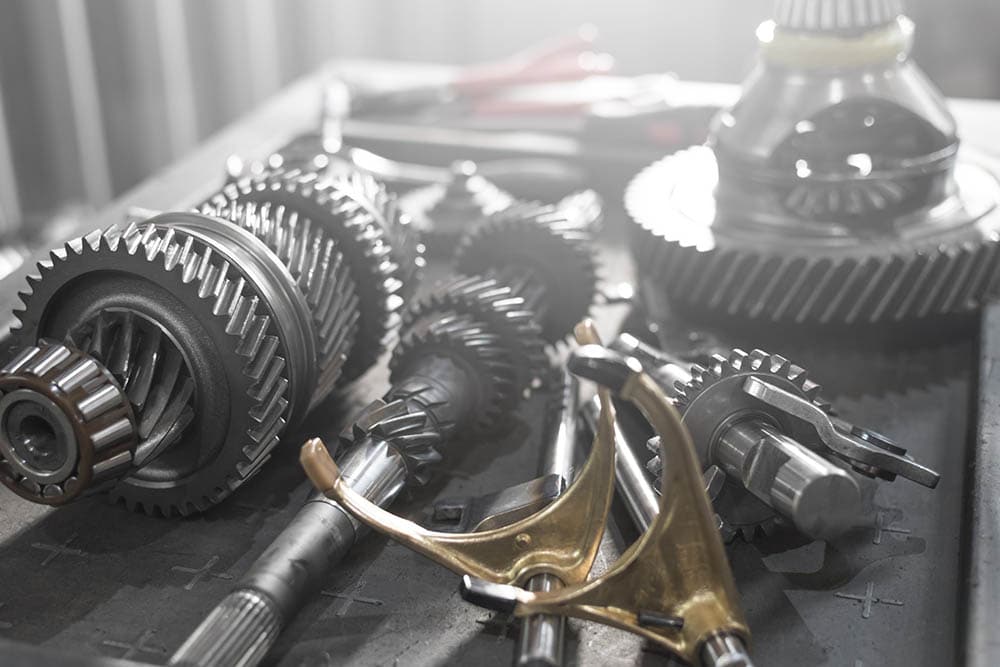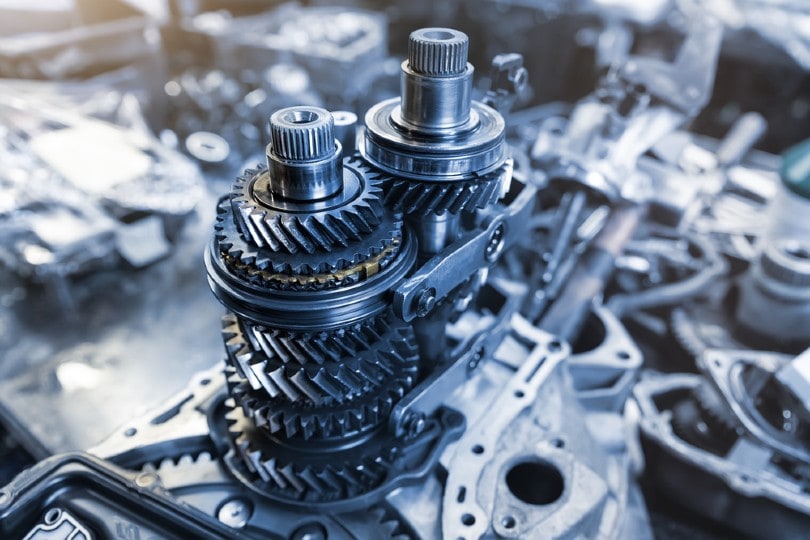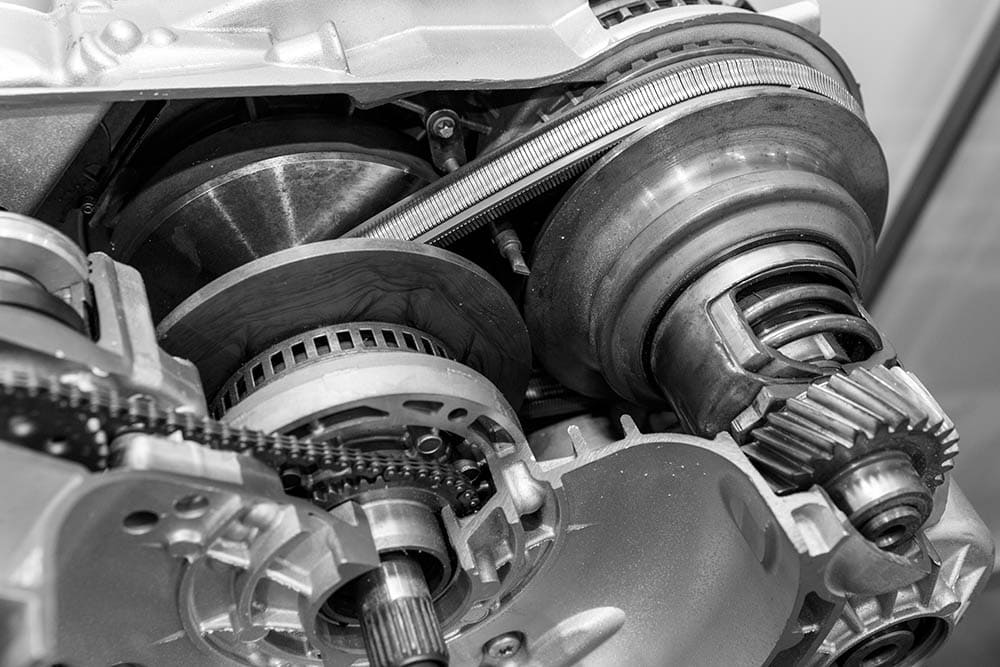Where Is the Transmission in a Car? 3 Different Types
-
Ed Malaker
- Last updated:

Today, there are many types of transmission, including automatic, which takes care of the shifting for you, and continuously variable transmission, which eliminates gears. While many people have a basic understanding of how a transmission works, some wonder where they can find it in their car. Since the transmission is responsible for turning the engine’s power into acceleration, it’s attached directly to the engine. Keep reading as we explain how you can find it easily, along with several other interesting facts that will help you understand your vehicle better.
Finding the Transmission in a Car
The transmission is the gearbox of your car, and it enables you to control how much of the explosive power created by the engine goes to the wheels. Without the transmission, you wouldn’t be able to stop your car, nor could you quickly accelerate from a standstill without stalling the engine.

How the Transmission Works
The combustion action of the engine pushes pistons that turn a crankshaft. The crankshaft bolts to a large round flywheel that attaches directly to the transmission. The flywheel and transmission are connected, so no power is lost in the transition. The flywheel then rotates at a constant rate. The transmission uses a system of gears and chains to turn the power into momentum in a system similar to what you might find on a 10-speed bike (albeit more complicated). Changing gears enables you to harness the power, so you have more torque to get up hills or more speed to travel longer distances in a shorter time, depending on your setting.
Where Is the Transmission Located?
The easiest way to find the transmission on your car is to look underneath the hood. It should be easy to spot the engine, and extending from the back of the engine toward the rear of the car will be something that looks like a slightly distorted metal ice cream cone. The large end will be right against the engine, and the thinner end will be toward the back of the car, and you will likely see the axle coming from or attached to it. This component is your transmission
The 3 Different Types of Transmissions
1. Manual Transmission

There are three main types of transmission in use today. The manual transmission is the oldest, and it’s the type that requires you to press a clutch and work a gear shifter to change gears as you drive. This kind of transmission offers you the most control because you determine when it’s time to change gears. It usually offers more power and speed to the driver but at the cost of reduced fuel efficiency. It can also be challenging to learn how to drive this type of car because many people struggle to work the gas pedal and clutch at the same time to provide a smooth ride. Improper use can lead to violent rocking in the car, which is disruptive and damages the clutch.
2. Automatic Transmission

The automatic transmission is the most popular type in modern vehicles. This transmission doesn’t require you to do any shifting besides putting the car into drive or reverse. It uses internal sensors to determine when a good time is to shift to the next gear, and it can help your vehicle be more fuel efficient. However, many people complain that these cars are not as responsive as a manual transmission.
3. Continuously Variable Transmission

The last type of transmission is a continuously variable transmission, which is popular in many modern Japanese vehicles, like Mitsubishi, Honda, and Toyota models. This type of transmission has only a single gear and uses a system of pulleys to detect and provide you with the power that you need while remaining extremely fuel efficient. One of its greatest advantages is providing you with the right amount of power to get up a large hill, as other types of transmissions will struggle to find the right gear.
Summary
The transmission is an extremely important component in your vehicle that enables you to control the power produced by the engine. You can maintain different speeds and even stop completely with the engine still running, which would not be possible without this component. Though you can find several kinds of transmission in use, they all do the same thing, and you will find them in the same place, connected directly to the flywheel of your engine, so it has complete access to the power created.
Featured Image Credit: Jannarong, Shutterstock
Contents


